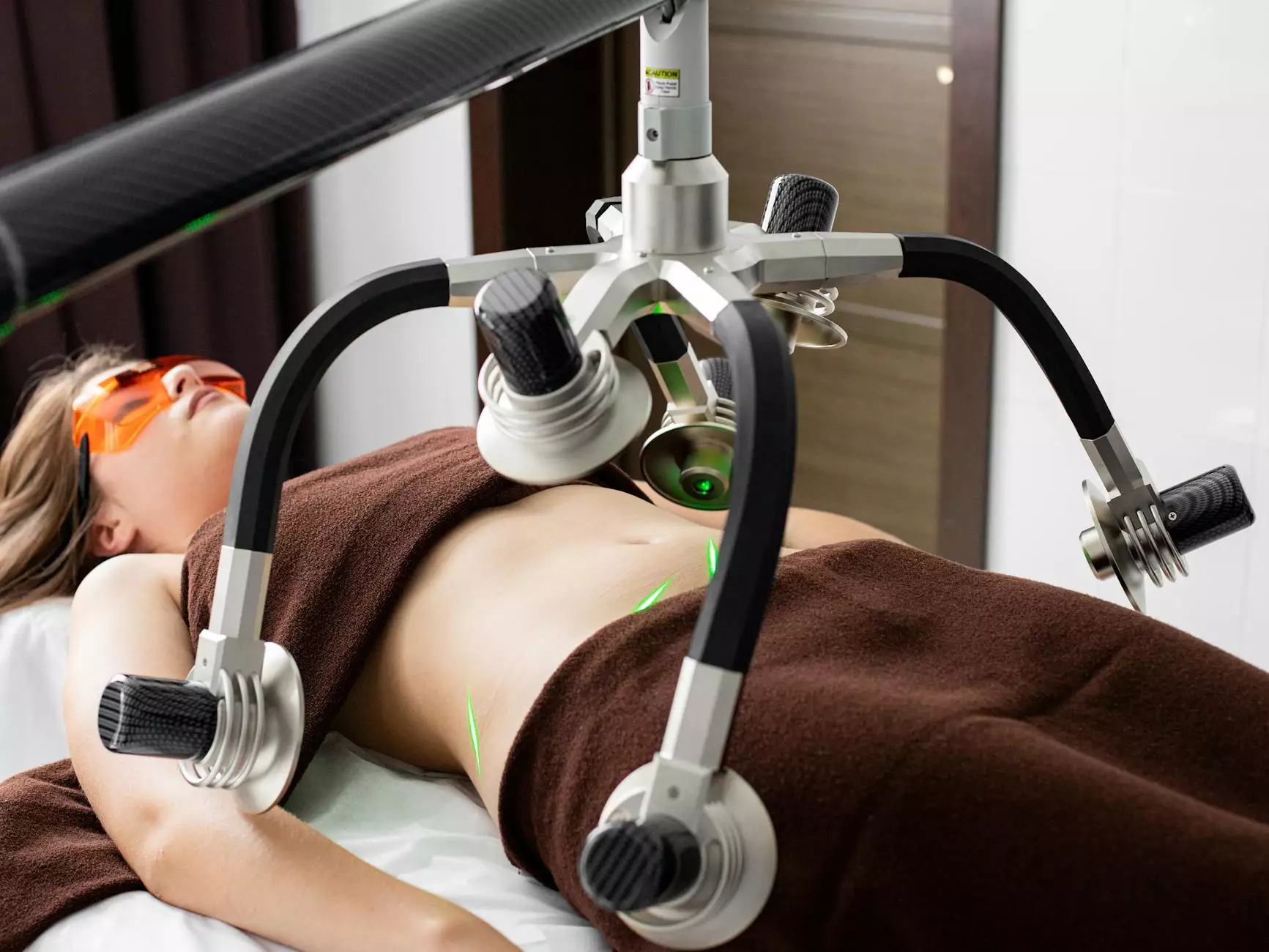Understanding Vein Thrombosis

Vein thrombosis is a medical condition characterized by the formation of a blood clot within a vein. This condition can have serious health implications if not treated appropriately. In this article, we delve into the intricacies of vein thrombosis, exploring its causes, symptoms, diagnosis, treatment options, and preventive measures. Our goal is to empower you with knowledge that promotes healthier veins and overall well-being.
What is Vein Thrombosis?
Vein thrombosis primarily occurs in deep veins of the legs; however, it can affect veins in other areas of the body. The condition can be classified into two main types:
- Deep Vein Thrombosis (DVT): This is the most common form, occurring when a clot forms in the deep veins, often in the legs.
- Superficial Thrombophlebitis: This involves the formation of clots in veins that are close to the surface of the skin.
Causes of Vein Thrombosis
Understanding the causes of vein thrombosis is essential for effective prevention and treatment. Several factors can contribute to the development of this condition:
- Prolonged Immobility: Extended periods of inactivity, such as long flights or bedridden states, can impede blood flow and encourage clot formation.
- Injury to a Vein: Any trauma or surgery that impacts a vein can increase the risk of clotting.
- Medical Conditions: Conditions such as cancer, heart disease, and inflammatory bowel disease can predispose individuals to vein thrombosis.
- Hormonal Changes: Hormones can affect blood clotting. Hormonal therapies and contraceptives may elevate risk factors.
- Obesity: Being overweight can exert pressure on veins and hinder proper blood circulation.
- Age: The risk of vein thrombosis increases with age, particularly in individuals over 60.
- Genetic Factors: Inherited disorders affecting blood clotting, such as Factor V Leiden, can also lead to vein thrombosis.
Symptoms of Vein Thrombosis
Recognizing the signs of vein thrombosis is crucial for timely intervention. Common symptoms include:
- Swelling: Often affecting one leg, swelling may occur suddenly or develop gradually.
- Pain: Pain or tenderness in the leg is frequently described as a cramp or soreness, particularly in the calf area.
- Changes in Skin Color: The skin over the affected area may appear red or bluish.
- Warmth: The area may feel warm to the touch compared to surrounding tissues.
It’s important to note that some individuals may experience DVT without noticeable symptoms, heightening the need for regular check-ups.
Diagnosing Vein Thrombosis
Diagnosis of vein thrombosis typically involves a combination of physical examination, medical history assessment, and specific diagnostic tests:
- Physical Examination: A healthcare provider will check for swelling, tenderness, and skin color changes.
- D-dimer Test: A blood test measuring levels of a substance released when a blood clot dissolves. Elevated levels may indicate thrombosis.
- Ultrasound: This non-invasive test uses sound waves to create images of blood flow in the veins, helping identify clots.
- Venography: An imaging test where a contrast dye is injected into a vein to visualize blood flow on an X-ray, often reserved for complex cases.
Treatment Options for Vein Thrombosis
Treatment of vein thrombosis aims to prevent the clot from growing, reduce the risk of complications (such as pulmonary embolism), and alleviate symptoms. Common treatment strategies include:
1. Medications
Medications play a vital role in treating vein thrombosis:
- Anticoagulants: Also known as blood thinners, these medications reduce the blood's ability to clot. Common anticoagulants include heparin and warfarin.
- Thrombolytics: These are powerful clot-busting medications used in severe cases to dissolve clots and restore blood flow.
2. Compression Therapy
Compression stockings provide graduated pressure on the legs, promoting blood flow and reducing swelling. They are often a recommended adjunct treatment to medications.
3. Surgical Interventions
Surgery may be necessary in specific situations, especially if there is a significant risk of complications. Options include:
- Thrombectomy: The surgical removal of the clot.
- Venous Stenting: A procedure to open narrowed veins and improve blood flow.
4. Lifestyle Modifications
Adjustments to lifestyle play a crucial role in managing vein health, particularly for those with risk factors:
- Regular Exercise: Engaging in physical activity enhances circulation and promotes vein health.
- Healthy Diet: A diet rich in fruits, vegetables, and whole grains can help maintain healthy weight and reduce clotting risks.
- Hydration: Staying hydrated keeps blood volume optimal, reducing the risk of clots.
Preventive Measures Against Vein Thrombosis
Prevention is key in managing vein thrombosis, especially for individuals at risk. Effective strategies include:
- Stay Active: Aim for regular physical activity, especially during long periods of immobility like travel.
- Elevate Your Legs: Elevating legs can promote blood circulation.
- Avoid Tight Clothing: Tight garments can restrict blood flow in the legs.
- Periodic Movement: During long flights or car rides, take breaks to walk and stretch your legs.
- Regular Health Check-ups: Regular visits to a healthcare provider can help monitor and manage risk factors associated with vein thrombosis.
The Role of Vascular Specialists
Vascular specialists are instrumental in diagnosing and treating vein thrombosis. They have extensive training in vascular medicine, allowing them to offer personalized care based on individual patient needs. At trufflesveinspecialists.com, you can schedule consultations with experienced professionals who are committed to developing comprehensive treatment plans tailored to your specific circumstances.
Conclusion
In conclusion, understanding vein thrombosis—its causes, symptoms, and treatment options—is essential for maintaining optimal vascular health. By taking preventive measures, making healthy lifestyle choices, and seeking timely guidance from vascular specialists, individuals can effectively manage and reduce the risks associated with this serious condition. Remember, knowledge is power when it comes to your health!









